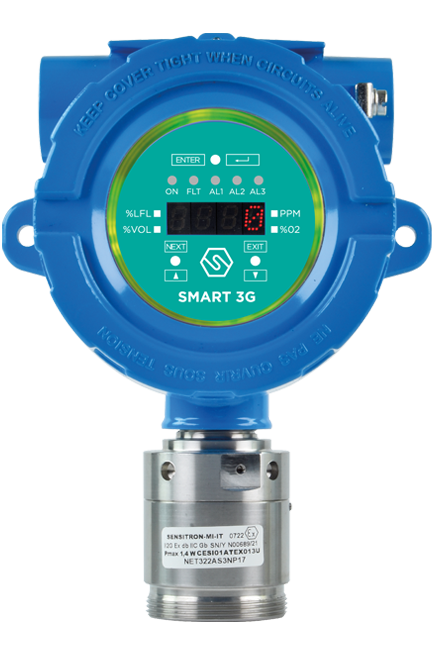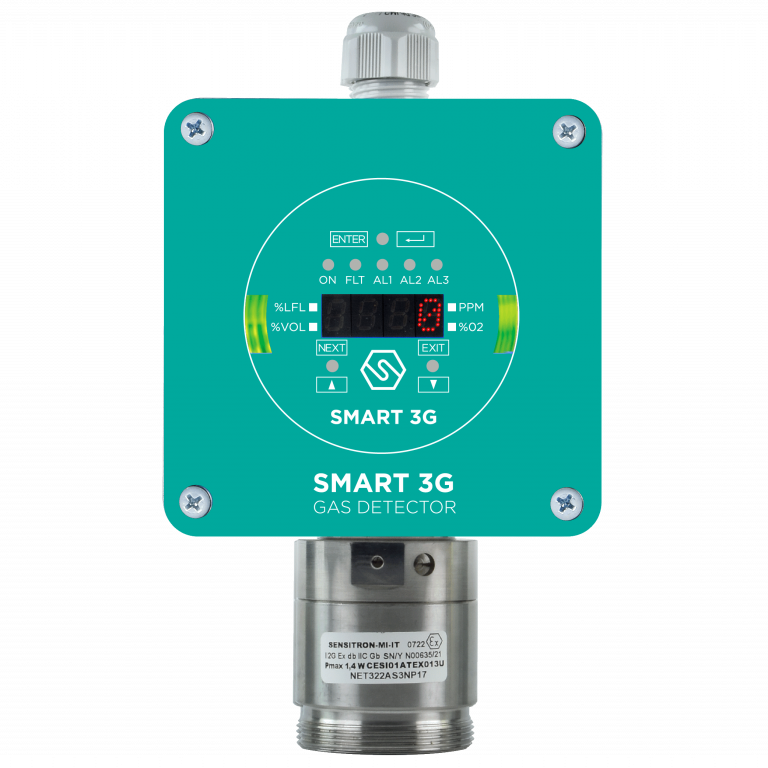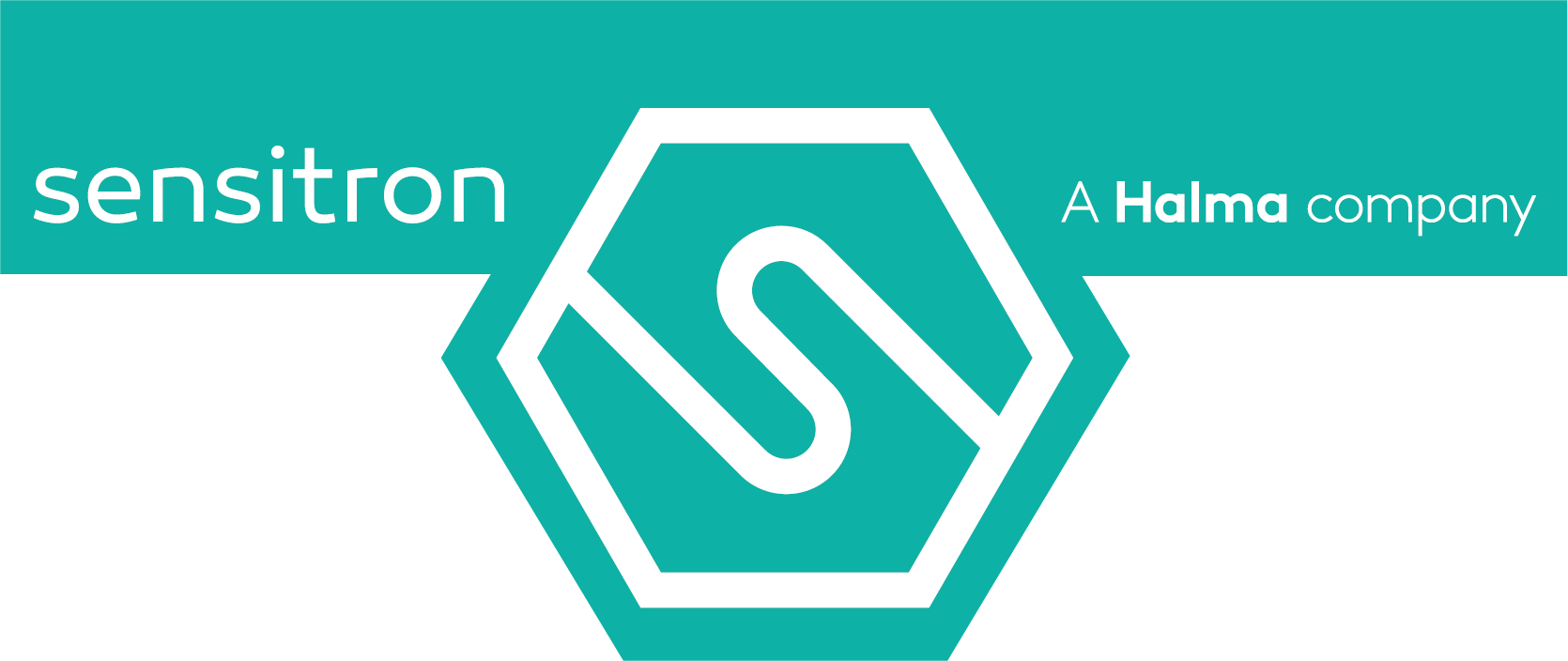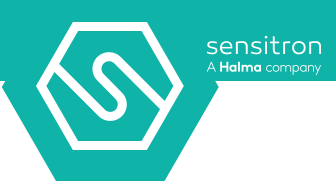
Metaverse and gas detection: discover Sensitron universe
In the last few years, the concept of the “metaverse” has gained increasing global attention, representing an evolution of digital interactions toward immersive and interconnected experiences. The creation of virtual spaces in which to discover the application realities of gas detection systems is one of the aspects of the metaverse that we decided to explore.

Metaverse and virtual reality: what is it?
The metaverse is a three-dimensional digital world where users can interact with each other and their surroundings through personalized avatars. This virtual space is composed of a set of interconnected worlds, ranging from games and entertainment to shopping, work and socializing. The goal of the metaverse is to create a parallel universe where people can have experiences that blend the real and digital worlds.

Metaverse: how did it come about?
The concept of the “metaverse” first emerged in the 1990s, but its roots go back decades earlier, when early technology pioneers began to imagine digital worlds and virtual spaces. As digital and communications technologies have advanced, the idea of the metaverse has continued to evolve. In the 2000s, platforms such as Second Life (launched in 2003) brought the concept of the metaverse even closer to reality. Second Life offered a three-dimensional virtual world where users could create avatars, construct buildings, start businesses, and even buy and sell digital land.
Today, the metaverse is taking a much more sophisticated form thanks to advances in virtual reality (VR), augmented reality (AR) and blockchain. Technology companies, such as Meta (formerly Facebook), Microsoft, and many startups, are investing heavily in developing virtual spaces that enable social interactions, remote work, shopping, gaming, and more. The modern metaverse is seen as a fusion of physical and digital reality, a place where the boundaries between online and offline blur, allowing users to have immersive and interactive experiences at scale.

Metaverse and virtual reality: the applications
The areas in which virtual reality and the metaverse are finding application are diverse:
- Entertainment: The metaverse is having a significant impact in the entertainment industry. Gaming platforms based on the metaverse, such as Fortnite, Roblox, and Decentraland, offer virtual worlds where players can interact in real time, participate in virtual events, and build real social and business ecosystems
- Socialization and Virtual Communities: The metaverse enables new forms of socialization. Users can meet, communicate and collaborate in immersive virtual environments using customized avatars. Platforms such as Meta’s Horizon Worlds offer virtual spaces where people can connect and participate in social events, parties, concerts, and even family gatherings. These environments simulate physical presence and offer a deeper level of interaction than traditional social networks.
- Remote Work and Collaboration: As remote work increases, the metaverse offers new ways to collaborate. Virtual spaces such as Microsoft’s Mesh, which integrate VR and AR, allow teams to work together in three-dimensional environments, facilitating meetings, brainstorms, and presentations in a more interactive and engaging way. Companies can create virtual offices where employees meet and collaborate as if they were in the same physical space.
- Training and Education: The metaverse is revolutionizing education by offering immersive learning environments. Schools and universities can use virtual spaces to simulate real environments, such as science labs or historical sites, making learning more interactive and engaging. For example, medical students can practice surgery in a safe virtual environment, while history students can “visit” ancient civilizations.

Advantages of Sensitron virtual spaces in the metaverse
The metaverse is still in its infancy, but the potential is immense. As AR and VR technologies evolve, we can expect virtual spaces to become increasingly integrated into our daily lives, offering new opportunities for work, learning and entertainment. Engineered virtual spaces make it possible to hold meetings, presentations, and workshops in immersive and interactive environments. This not only enhances user participation, but also enables users to overcome geographic barriers, fostering global collaboration. Others, however, such as the pharmaceutical and parking spaces, allow users to walk inside an application reality while exploring the different uses of gas detection systems.
Discover our products in Virtual Reality

SMART 3G D2
Suitable for detecting flammable substances, toxic gases, refrigerants and oxygen in classified areas.
Certified ATEX, IECEx and SIL2/3

SMART 3G D3
Suitable for detecting in classified areas, Certified ATEX, IECEx and SIL2/3, allows non-intrusive field calibration.

SMART 3G C2-LD
SMART 3G-C2-LD gas detectors are used to detect, in classified areas, the presence of flammable substances (% LFL), toxic gases in ppm, refrigerant gases or for the detection of oxygen deficiency or excess.


